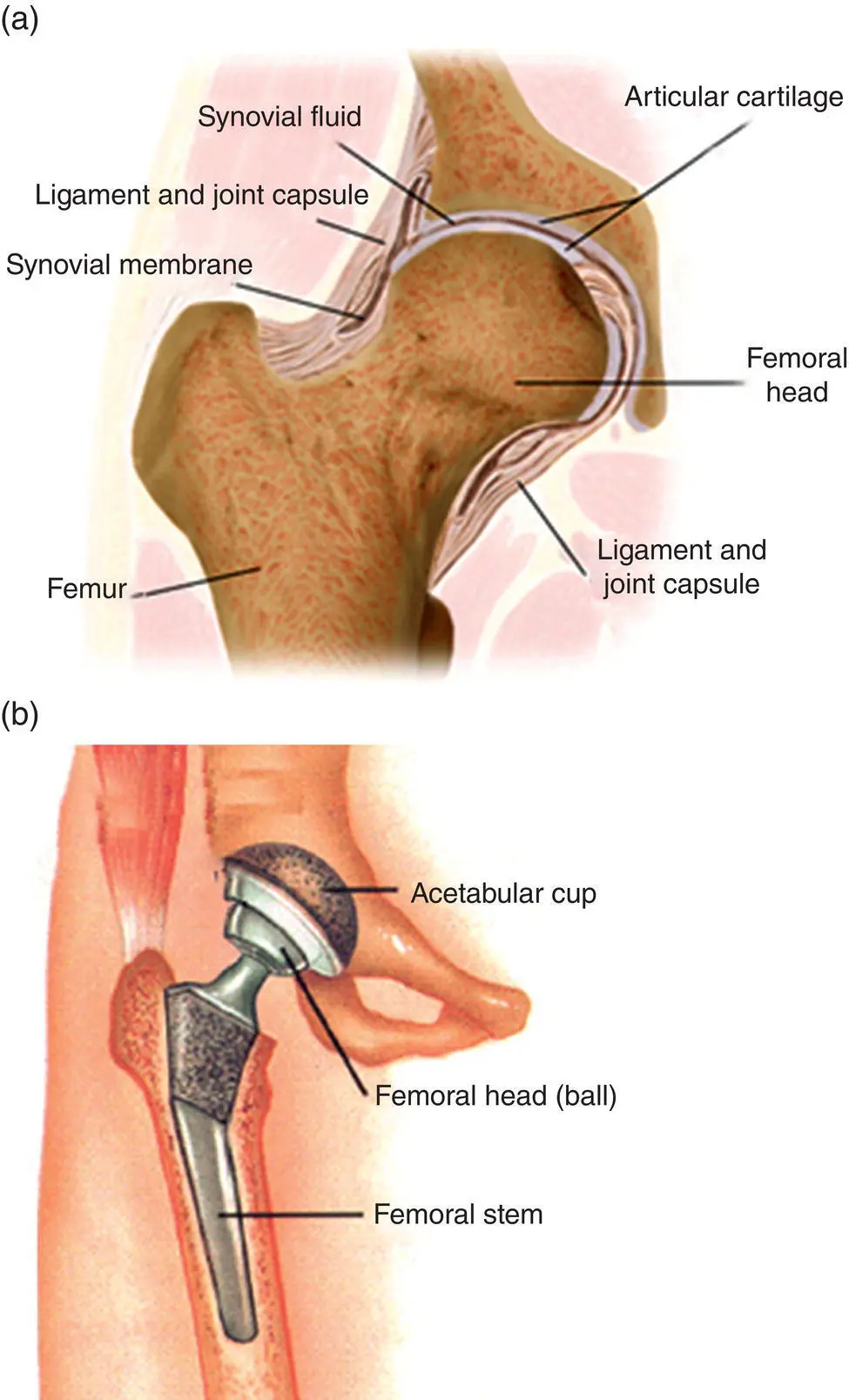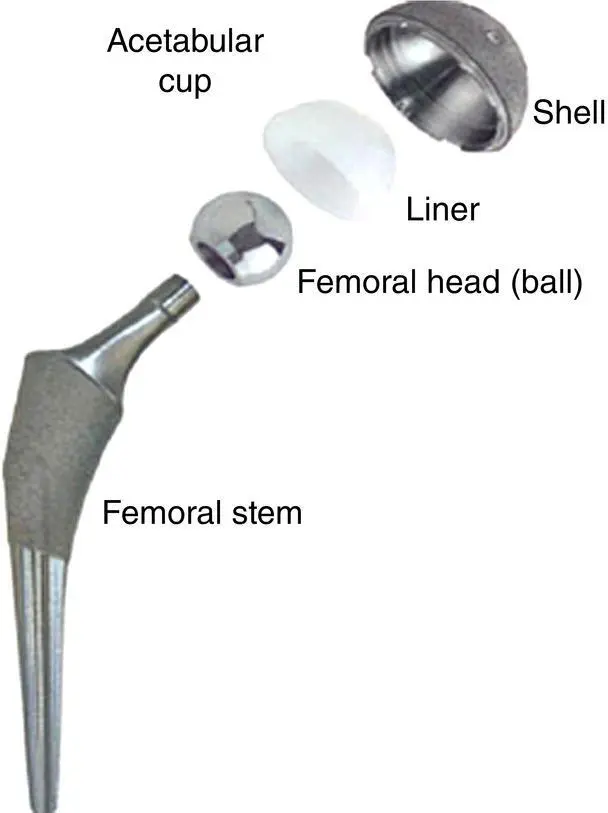Mohamed N. Rahaman - Materials for Biomedical Engineering
Здесь есть возможность читать онлайн «Mohamed N. Rahaman - Materials for Biomedical Engineering» — ознакомительный отрывок электронной книги совершенно бесплатно, а после прочтения отрывка купить полную версию. В некоторых случаях можно слушать аудио, скачать через торрент в формате fb2 и присутствует краткое содержание. Жанр: unrecognised, на английском языке. Описание произведения, (предисловие) а так же отзывы посетителей доступны на портале библиотеки ЛибКат.
- Название:Materials for Biomedical Engineering
- Автор:
- Жанр:
- Год:неизвестен
- ISBN:нет данных
- Рейтинг книги:4 / 5. Голосов: 1
-
Избранное:Добавить в избранное
- Отзывы:
-
Ваша оценка:
- 80
- 1
- 2
- 3
- 4
- 5
Materials for Biomedical Engineering: краткое содержание, описание и аннотация
Предлагаем к чтению аннотацию, описание, краткое содержание или предисловие (зависит от того, что написал сам автор книги «Materials for Biomedical Engineering»). Если вы не нашли необходимую информацию о книге — напишите в комментариях, мы постараемся отыскать её.
A comprehensive yet accessible introductory textbook designed for one-semester courses in biomaterials Materials for Biomedical Engineering: Fundamentals and Applications
Materials for Biomedical Engineering: Fundamentals and Applications
Materials for Biomedical Engineering — читать онлайн ознакомительный отрывок
Ниже представлен текст книги, разбитый по страницам. Система сохранения места последней прочитанной страницы, позволяет с удобством читать онлайн бесплатно книгу «Materials for Biomedical Engineering», без необходимости каждый раз заново искать на чём Вы остановились. Поставьте закладку, и сможете в любой момент перейти на страницу, на которой закончили чтение.
Интервал:
Закладка:

Figure 1.6 Illustration of (a) the human hip joint and (b) an artificial hip joint used to repair a damaged or diseased hip joint.
Source: From Rahaman et al. (2007) / with permission of John Wiley & Sons.

Figure 1.7 Image showing the components of an artificial implant used for total hip joint replacement.
Femoral Stem
Major factors in materials design and selection for the femoral stem are mechanical properties, biocompatibility, and ease of fabrication. Mechanical properties are important because the stem supports physiological stresses imposed on the femoral head due to walking, running, and jumping, composed predominantly of repeated cyclic stresses of a compressive and bending nature. The peak force on the hip joint has been measured as three and five times the body weight during walking and running, respectively, resulting in a stress on the femur of an adult of ~10–15 MPa. Additionally, the number of gait cycles in one year is ~10 6for patients after hip joint replacement. At a minimum, therefore, the selected material should have compressive and bending strengths far in excess of the maximum stress on the femur, high elastic modulus to prevent permanent deformation, and good fatigue resistance to withstand repeated cyclic loading under physiological stresses. These requirements eliminate the use of ceramics, polymers, and polymer matrix composites.
Because hip implants are designed to have a long lifetime, the stem should maintain its mechanical properties and biocompatibility with the surrounding physiological environment over this period. This means that the selected metal should not corrode in the physiological environment. Because the noble metals do not have the requisite mechanical properties, are expensive, or a combination of the two, we are left with the passivated metals. Candidate metals are Ti, certain Ti alloys, stainless steel, and a Co–Cr alloy composed of cobalt (Co), chromium (Cr) and other elements. While high purity or even commercial purity Ti does not have the requisite mechanical properties for this application, a Ti alloy that is widely used in the aerospace and other industries is known to have far better mechanical properties and it is also corrosion resistant. This Ti alloy, containing ~6% aluminum (Al) and ~4% vanadium (V) by weight, is commonly abbreviated Ti6Al4V. While stainless steel and Co–Cr have desirable mechanical properties and corrosion resistance, their densities are approximately twice the value for Ti6Al4V (~4.4 g/cm 3). Based on a combination of mechanical property requirements, corrosion resistance, and weight, femoral stems are now manufactured almost exclusively formed from Ti6Al4V.
Upon implantation, the stem is stabilized (that is, fixed in position) to prevent motion relative to the femur. One method of fixation involves using a polymer (PMMA) cement, often referred to as bone cement. While this cement works well and is commonly used in hip joint surgery, it suffers from a few limitations such as minor toxicity, temperature increase upon setting which can have an adverse effect on the surrounding tissue, and some degree of brittleness, particularly after an extended period.
An alternative is to roughen the surface of the stem to allow bone to grow into the rough regions and stabilize the implant. Another method is to coat the roughened surface with a layer of hydroxyapatite particles. Hydroxyapatite is bioactive and stimulates cells to create new bone, leading to the formation of a strong bond at its interface with host bone. However, due to the difference in thermal expansion coefficient between hydroxyapatite and Ti6Al4V, a strongly adherent and long lasting hydroxyapatite coating on Ti6Al4V has been difficult to achieve. Overall, femoral stems that are not cemented in place often have a rough surface, or a rough surface coated with a hydroxyapatite layer.
Femoral Head
Major requirements for the femoral head (ball) are that it should articulate in the liner of the acetabular cup with as little friction as possible and should have the requisite strength and stiffness to withstand physiological stresses, as noted for the femoral stem. From a mechanics point of view, the ball is retained within the hemispherical acetabular cup and, thus, is subjected to stresses that are predominantly compressive in nature. When compared to the stem, bending stresses are not as serious a consideration but the biocompatibility requirement is still valid. An added requirement is that the ball should be capable of being polished as smoothly as possible to reduce friction and wear when articulating against the liner of the acetabular cup.
Based on the aforementioned mechanical property requirements, a polymer is unsuitable for use as the ball. From a fabrication standpoint, producing the stem and ball together as a single component and from the same material is an attractive option. A serious problem is that Ti6Al4V is difficult to polish to a very smooth finish, is rather sticky and has poor sliding properties when articulating against itself or other materials. Consequently, Ti6Al4V is not suitable as a femoral head material.
Candidate materials for the femoral head are stainless steel and Co–Cr alloys, which were considered in the materials selection for the femoral stem. Ceramics are now also candidate materials due to the absence of significant bending stresses on the femoral head. Stainless steel generally has properties that are inferior to Co–Cr alloys but it is cheaper to manufacture. It is used when cost is an important factor and when the implant is not required to have an average lifetime of longer than ~10 years. The use of Co–Cr results in a longer average lifetime (~10–15 years) of the implant due to its better mechanical properties. Consequently, Co–Cr is the most commonly used femoral head material.
Al 2O 3, a well‐known ceramic material, has superior strength and stiffness to stainless steel and Co–Cr alloys, higher hardness and the ability to be polished to a very smooth finish. Although it shows a brittle mechanical response, Al 2O 3created in the last few decades has shown excellent mechanical reliability due to the use of better quality starting materials and improved fabrication techniques. Al 2O 3has been replaced by a composite composed of Al 2O 3reinforced with zirconia (ZrO 2) particles, referred to as ZTA, which has a higher resistance to brittle fracture and a higher wear resistance. More recently, ZTA is being replaced by a composite referred to as AMC, which has similar composition to ZTA but slightly improved mechanical properties due to a modification of the ZTA microstructure. While the potential for brittle failure of AMC (or ZTA) in vivo should be recognized, the actual incidence of failure under the physiological stresses of the hip is now very low.
Another ceramic material that has been used as an articulating bearing material in hip implants is yttria (Y 2O 3)‐stabilized zirconia (abbreviated YSZ). While YSZ can have comparable or somewhat better mechanical properties than AMC, its manufacturing conditions have to be carefully controlled to achieve these properties. Some compositions of YSZ can also be chemically unstable in an aqueous environment, which can lead to a degradation in mechanical properties and wear resistance in vivo . Based on these limitations, YSZ is not currently approved by the US Food and Drug Administration for use as femoral head devices in vivo .
Читать дальшеИнтервал:
Закладка:
Похожие книги на «Materials for Biomedical Engineering»
Представляем Вашему вниманию похожие книги на «Materials for Biomedical Engineering» списком для выбора. Мы отобрали схожую по названию и смыслу литературу в надежде предоставить читателям больше вариантов отыскать новые, интересные, ещё непрочитанные произведения.
Обсуждение, отзывы о книге «Materials for Biomedical Engineering» и просто собственные мнения читателей. Оставьте ваши комментарии, напишите, что Вы думаете о произведении, его смысле или главных героях. Укажите что конкретно понравилось, а что нет, и почему Вы так считаете.












